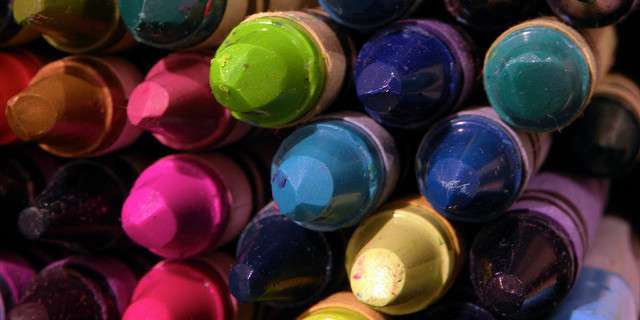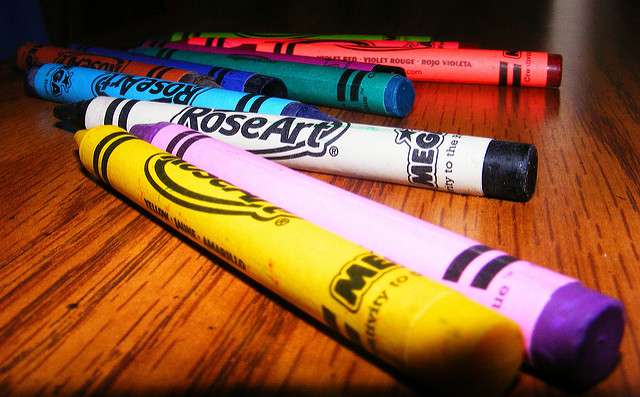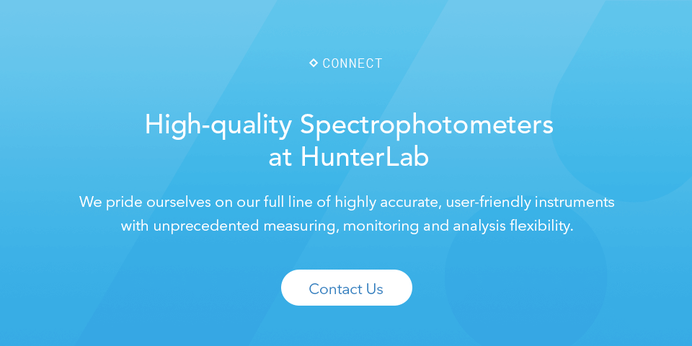
Is that dijon or french mustard? Image Credit: Flickr User nathanmac87 (CC BY 2.0)
Photographer Mark Meyer was a curious kid, and in kindergarten, he had a couple of questions for Crayola1. Even before he could count, he was wondered about yellow-green crayons. How did they differ from green-yellow? Were there really only sixty-three colors in a box of sixty-four crayons? These questions were sidelined and forgotten—until he grew up and gained access to a spectrophotometer. Finally, certifiably, by measuring the light reflected off a crayon’s paraffin and calculating the resulting L*a*b* values, Meyer had his answer. Yellow-green is not green-yellow.
In capturing these results, Meyer duplicated the exact method2 that the Crayola corporation (formerly Binny & Smith) uses to make certain each of its yellow-green crayons comes out exactly right. After the paraffin is melted into vats, mixed with pre-measured dye blends, stearin, and other additives, and extruded and cooled in crayon molds, plant employees scan each crayon with a handheld spectrophotometer, similar to HunterLab’s Miniscan EZ 4000S. Because employees know the exact CIE L*a*b* value the crayons are supposed to have, with the touch of a button they can determine if the crayons are within the tolerance standards established for their color. If a crayon doesn’t match, it gets separated, remelted, and made into another crayon3. Manufacturers seeking to emulate Crayola’s efficiency should consider integrating a similar process into their production lines.



